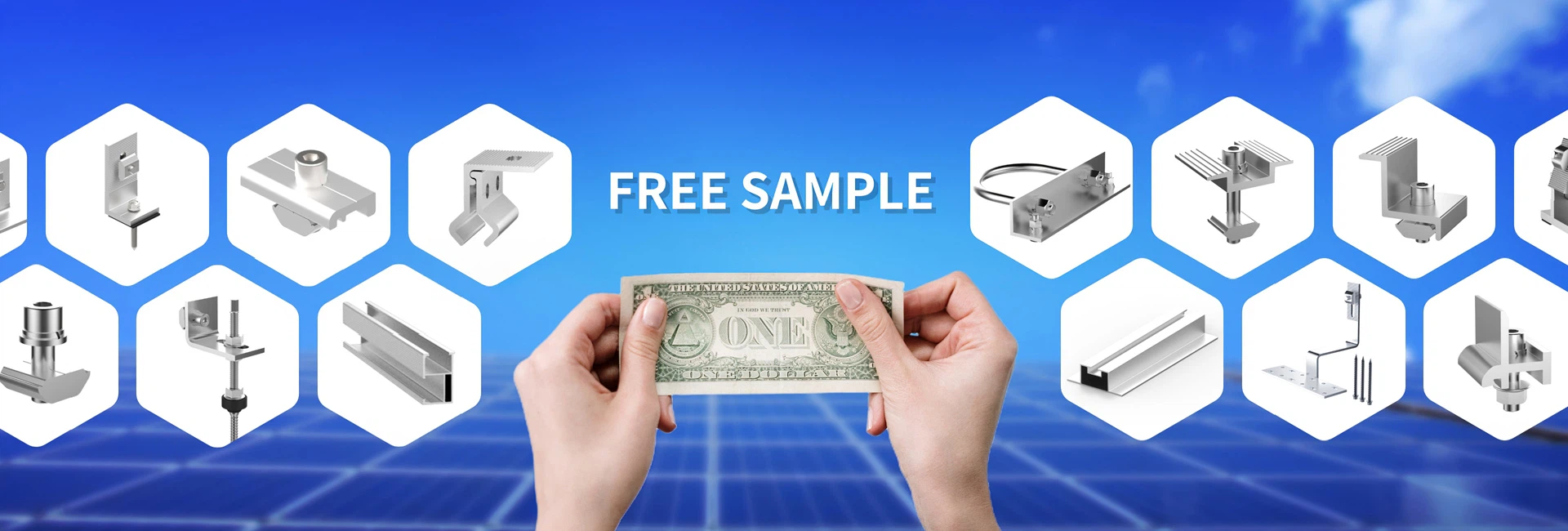What is Geothermal Energy?
May 13, 2020
Geothermal Energy Source and Types
Geothermal energy is the heat or steam that comes from the earth’s subsurface. It is found in the rocks and fluids below the earth’s crust and can be traced as far down to the core that contains hot molten rock, magma.
In order to generate power from geothermal energy, a mile deep wells are dug into underground reservoirs to access the steam and hot water, which are used to drive turbines connected to electricity generators. Basically, there are three types of geothermal power plants:
Dry steam plants: Dry steam is the earliest geothermal technology, through which steam is taken out of the ground and used directly drive a turbine.
Flash steam plants: Flash plants use high-pressure hot water and turn it into cool, low-pressure water.
Binary steam plants: Binary plants pass hot water through a secondary liquid with a lower boiling point, which turns to vapour to drive the turbine.
The temperature at Earth’s core is nearly 7200° Fahrenheit. Such a high temperature can generate large quantities of sustainable energy and massive amounts of gigawatts of electricity.
Advantages of Geothermal Energy
Geothermal Energy is Environment-Friendly
Geothermal energy is extracted from the earth’s upper crust without burning fossil fuels. It means geothermal fields hardly generate emissions or have minimal emissions. Also, geothermal energy can be useful in terms of savings of up to 80% over conventional energy sources.
An average geothermal power plant releases equivalent to 122 kg CO2 for every megawatt-hour (MWh) of electricity it produces. Typically, one-eighth of the CO2 emissions are from coal power plants.
Huge Potential
The total energy consumption in the world, which is nearly 15 terawatts (TW), is nowhere near the massive energy reserves beneath the earth.
The potential capacity of geothermal energy that is estimated to be generated by geothermal power plants varies between 0.035 to 2 TW. However, not all geothermal reservoirs are profitable, and only a small portion of the total potential can be utilized.
Geothermal Is a Reliable & Renewable Source of Energy
Another advantage of geothermal energy compared to other renewable sources such as wind, solar, or biomass is that it is a constant source of energy. It means this energy is not dependent on wind or sun, and available all the time.
Also, geothermal is a renewable source of energy, which can sustain its consumption rate, unlike conventional energy sources such as coal and fossil fuels. As scientists say, the energy in the earth’s geothermal reservoirs will last billions of years.
Geothermal energy is extracted from the earth’s core and will remain as long as the earth exists.
Related article: Solar Power vs. Wind Power
Geothermal Systems are Highly Efficient
When it comes to efficiency, geothermal is one of the leading energy sources. Geothermal heat pump systems consume 25% to 50% less electricity than traditional systems for heating or cooling.
Also, due to the flexible design of geothermal systems, they can be adjusted to different situations, and need less space for hardware compared to conventional systems.
Geothermal Systems Need Little or No Maintenance
Geothermal systems have a few movable parts which are placed inside a structure. The lifespan of geothermal heat pump systems is high.
The heat pump pipes even have warranties of between 25 and 50 years, while the pump can remain functional for a minimum of 20 years. It means, after installation, geothermal systems hardly need any maintenance.
A Stable Energy Resource
It is relatively easier to predict the output of a geothermal plant. It does not have the same low-energy fluctuations as wind or solar.
Conventional power plants largely depend on fuel, so for the produced electricity, the cost fluctuates according to the market price of fuel.
The same, however, does not apply for geothermal power plants as they do not use fuel, they do not have to depend on fuel prices, and can offer their consumers stable electricity costs.
Efficient for Heating/Cooling
Geothermal HVAC (heating, ventilating, and air conditioning) is an efficient system for heating and cooling.
HVAC systems do not burn fossil fuel to generate heat or provide cooling, unlike regular heating and cooling systems. Instead, they transfer heat to and from the earth. Generally, electric power is used only to operate the fan, compressor, and pump of the unit.
In recent years, there has been significant growth in the number of households using geothermal heating/cooling.
Unlimited Supply
There is no shortage of geothermal energy, unlike traditional energy sources such as coal and fossil fuel.
Geothermal is a renewable energy and gets replenished by itself, and thus its supply is abundant.
Cost Savings
An increasing number of households in the US and all over the world are using geothermal energy for heating and cooling purposes.
Increased usage of geothermal energy means less consumption of conventional energy for heating homes and offices, which results in significant savings for homeowners.
After the initial installation cost, a 30-60% savings on heating and 25-50% savings on cooling are likely to return that cost within a few years.







